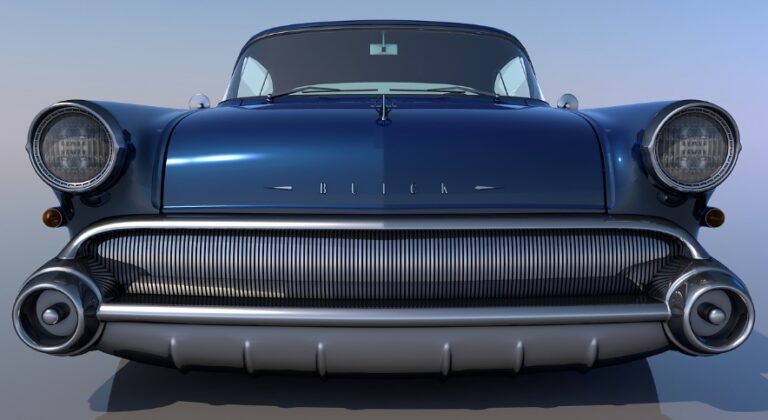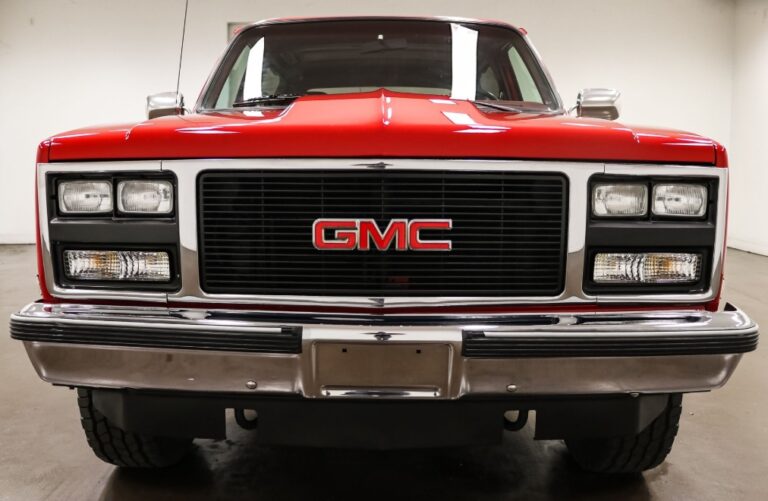The Evolution of the GMC Sonoma: A Comprehensive Overview
The GMC Sonoma is often overshadowed by its more prominent competitors in the compact pickup segment, such as the Chevrolet S-10 and Ford Ranger. Nevertheless, the Sonoma has carved out a significant place in the hearts of truck enthusiasts since its inception. Launched in 1982 and produced until 2004, the Sonoma underwent various transformations reflecting changing consumer needs and automotive trends. This article delves into the GMC Sonoma’s evolution, highlighting its key features, models, and trim levels across the decades.
Origins: 1982 – 1986
The GMC Sonoma was first introduced in 1982 as a variant of the Chevrolet S-10, sharing its basic platform. Initially, the Sonoma was conceived as a response to the growing popularity of compact trucks in the 1980s. This first-generation model was offered in both standard and extended cab configurations.
Models and Trim Levels
The 1982 Sonoma came in two main body styles:
- Regular Cab: This version featured a standard 6-foot bed for enhanced utility.
- Extended Cab: Providing additional rear seating, it was designed for customers needing more passenger capacity.
Trim levels were fairly basic, with options such as:
- Base: A work-oriented model with minimal features.
- SLE: The more upscale trim, which offered additional comfort items and aesthetic enhancements.
The Mid-1980s: 1987 – 1994
In 1987, the Sonoma received its first major redesign, aligning more closely with GM’s new design language. It featured a rounded profile and improved aerodynamics. The introduction of new engine options, including a V6, improved performance metrics.
Models and Trim Levels
This generation was distinguished by:
- Regular Cab: As in the first generation, continued offering flexibility for work and utility.
- Extended Cab: This remained a popular choice for families and those needing extra space.
Trim levels expanded during this period to include:
- SL: Positioned as the entry-level option.
- SLE: Continued to represent the mid-range offering with additional features.
- GT: A sport-oriented model that featured enhancements for both performance and style, such as sport suspension and unique styling cues.
.
Cars are a never ending project for some. What’s next?
DIY Car Projects you could do.
.
A New Era: 1995 – 2004
The third generation, which began in 1995, marked the Sonoma’s transition into a more mature and refined compact pickup. It was often compared directly to the Chevrolet S-10 due to their shared platforms and components.
Models and Trim Levels
The 1995 Sonoma offered new features and trim options:
- Regular Cab: Maintained its straightforward design for work and practicality.
- Extended Cab: Further developed with a larger rear passenger area and rear doors.
- Crew Cab: This new body style provided a four-door option, appealing to family-oriented buyers.
Trim levels were revised to modernize offerings:
- SL: The base model maintained essential features.
- SLE: This trim offered various options for comfort, from upgraded seating to improved audio systems.
- GT: The sport variant continued, now featuring a more powerful engine and sport suspension for enthusiasts.
- Z71 Off-Road Package: Introduced for those who sought adventure, this package included enhanced suspension components and larger tires for off-road capabilities.
Notable Changes
The Sonoma also saw changes under the hood during its run. Engine options varied from a 2.2L I4 to a robust 4.3L V6, known for its blend of power and efficiency. In 2001, the addition of the Sportside option introduced a distinct styling for the bed, featuring a curvier design that appealed to buyers looking for a more modern aesthetic.
Conclusion: The Legacy of the GMC Sonoma
Throughout its production life from 1982 to 2004, the GMC Sonoma evolved to meet shifting consumer demands and trends in the automotive landscape. Its blend of utility, style, and performance made it a competitive option in the compact pickup market. Although the Sonoma was eventually phased out in favor of GMC’s new offerings, its spirit lives on in a legion of dedicated fans and a lasting legacy of innovation.
Despite competition from other manufacturers and the ultimate discontinuation of the model, the Sonoma represented critical advancements in compact truck design, blending function with personal expression. The Sonoma’s evolution reflects a story of resilience and adaptation, indicating GMC’s understanding of the market and commitment to producing vehicles that matched customer expectations.
Today, the GMC Sonoma remains a beloved classic among truck enthusiasts and collectors, serving as a reminder of an era when compact pickups held a prominent place in the automotive market. While younger generations of trucks have since taken center stage, the Sonoma’s impact is still felt and appreciated by those who enjoyed the simple yet robust functionality it brought to their lives.
In conclusion, whether remembered as a workhorse or a family accessory, the GMC Sonoma stands out as a unique chapter in the history of compact trucks, and its legacy continues to resonate with automotive history aficionados.






